Tropical Storm Erin Discussion Number 5
NWS National Hurricane Center Miami FL AL052025
1100 AM AST Tue Aug 12 2025
Erin still has a well-defined low-level circulation, but the
convective pattern has degraded since overnight, with only a band
of moderate convection located within the southern part of the
circulation. A 1226 UTC ASCAT-C pass showed a maximum wind barb of
36 kt north of the center, and the intensity is held at a possibly
generous 40 kt. Most likely, this is a result of Erin's fast
motion, which has been south of due west (265 deg) at about 20 kt.
The guidance suite indicates that Erin may continue to lose some
latitude during the next 24 to 36 hours due to strong low- to
mid-level ridging over the eastern and central Atlantic, but overall
the general motion should be westward through early Thursday. After
that time, indications are that the ridge may weaken over the
western and central Atlantic, causing Erin to turn
west-northwestward, but there are model discrepancies on when
that might happen and where the break in the ridge actually forms.
The trend has been for a weaker Erin in the short term and possibly
a stronger ridge, and a number of track models, including HAFS-A and
-B, HWRF, the European, HCCA, and the Google Deep Mind, have shifted
south and west for much of the 5-day forecast. The NHC forecast has
shifted in that direction accordingly, and it should be noted that a
significant number of deterministic models and ensemble members
still lie even farther south.
The environment of marginal water temperatures (26-27 deg Celsius)
and low atmospheric instability and moisture appear to remain
nearly constant for the next 24 hours or so. Therefore, little to
no intensification is expected through early Wednesday. The
environment and water temperatures become much more suitable for
strengthening by 48 hours, and since the cyclone already has a
well-defined structure, it could become a hurricane by late
Thursday. Continued strengthening is forecast after that time, and
the NHC forecast continues to show Erin becoming a major hurricane
by day 5 (early Sunday). There is quite a lot of spread in the
intensity models, and the NHC prediction is in the upper regime of
the envelope, close to the SHIPS model, Florida State
Superensemble, and ICON intensity consensus.
KEY MESSAGES:
1. Although it is still too early to know exactly what impacts Erin
might bring to the northern Leeward Islands, the Virgin Islands,
and Puerto Rico, the risk has increased for Erin to move closer to
these islands over the weekend. Interests there should monitor the
progress of this storm.
2. There is even greater uncertainty in what impacts, if any, might
occur in portions of the Greater Antilles, the Bahamas, the east
coast of the United States, and Bermuda next week. As we approach
the climatological peak of the hurricane season, this is an
opportune time to ensure your preparedness plans are in place.
FORECAST POSITIONS AND MAX WINDS
INIT 12/1500Z 17.2N 36.3W 40 KT 45 MPH
12H 13/0000Z 16.8N 39.1W 40 KT 45 MPH
24H 13/1200Z 16.5N 42.3W 40 KT 45 MPH
36H 14/0000Z 16.6N 45.2W 45 KT 50 MPH
48H 14/1200Z 17.1N 48.3W 55 KT 65 MPH
60H 15/0000Z 17.8N 51.3W 65 KT 75 MPH
72H 15/1200Z 18.5N 54.4W 75 KT 85 MPH
96H 16/1200Z 19.8N 60.3W 90 KT 105 MPH
120H 17/1200Z 21.4N 65.0W 100 KT 115 MPH
$$
Forecaster Berg




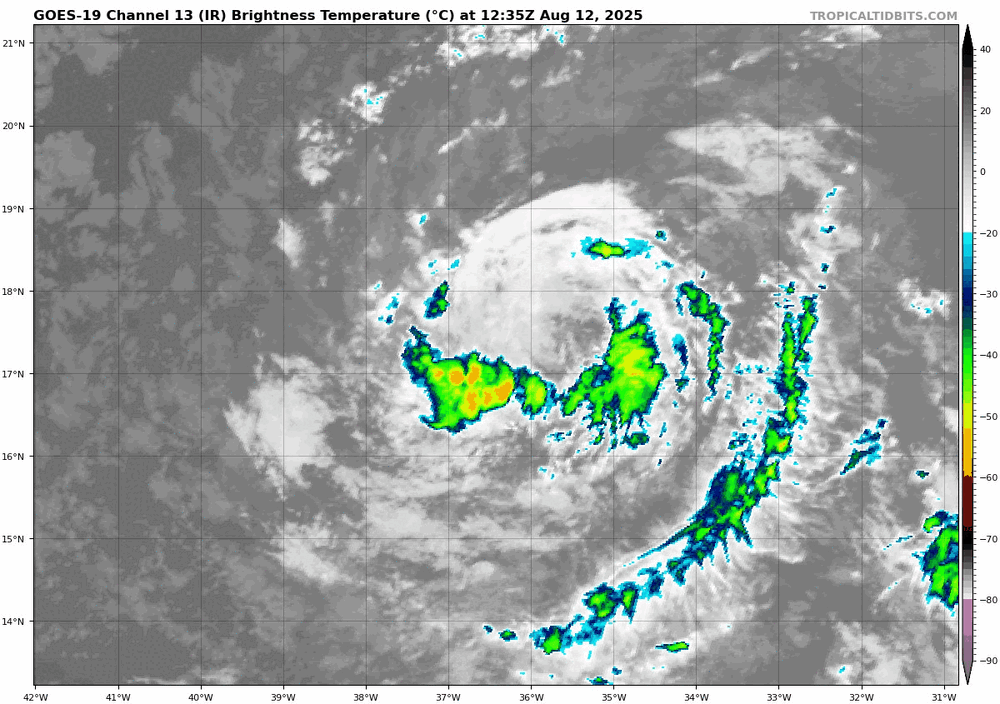
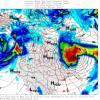
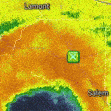





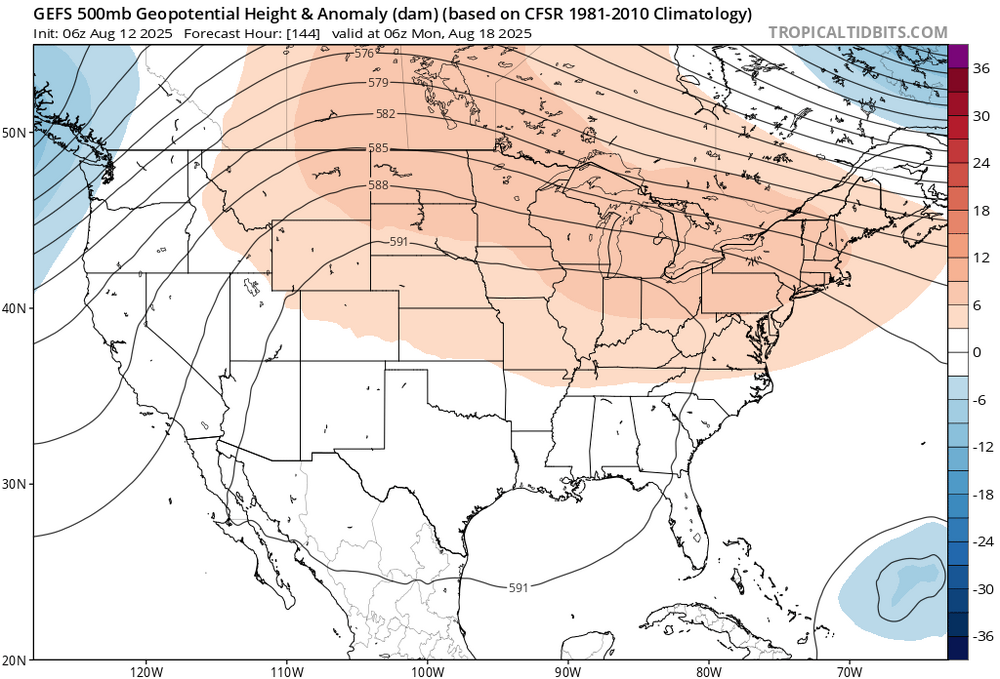
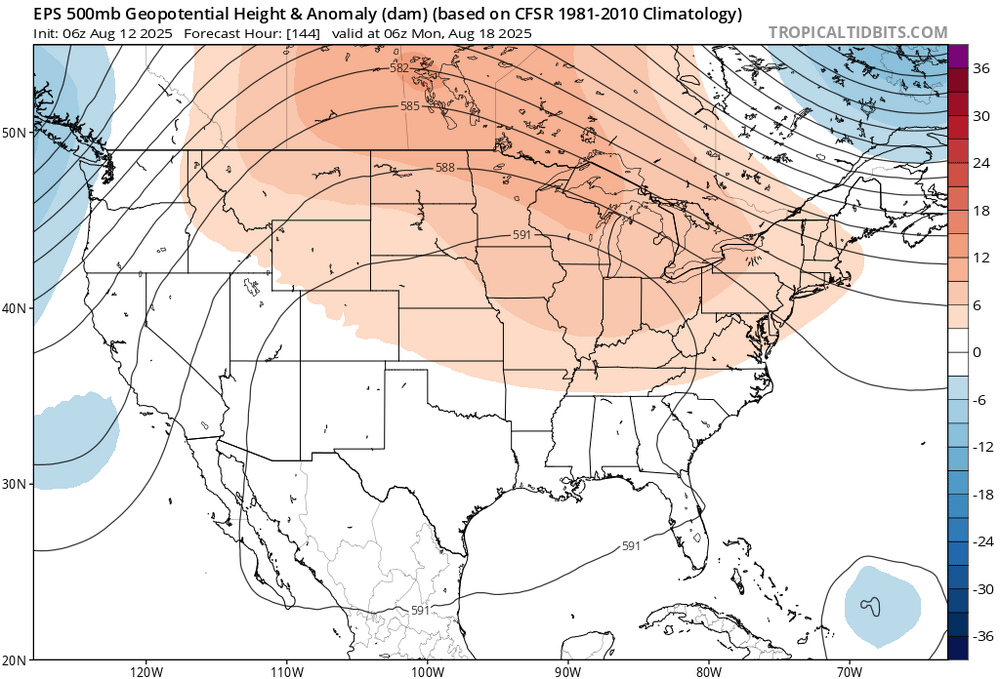


.png.4371df5c98ea2cb369f1386549669af2.png)

